Business
The TopRanked.io Weekly Digest: What’s Hot in Affiliate Marketing [Masters of Trivia Affiliate Program Review]
Another week, another elite Google hack that’ll definitely (well, maybe) help you get a slice of the action all the big legacy media brands are getting in the SERPs right now. And we’re going to tell you exactly what it is and how to exploit it. And while you’re here, be sure to check out our Masters of Trivia Affiliate Program review (big news!) if you like earning easy affiliate money.

A couple of months ago, something weird came onto my affiliate radar.
It was an affiliate program that’s actually a referral program but, functionally, the same as an affiliate program.
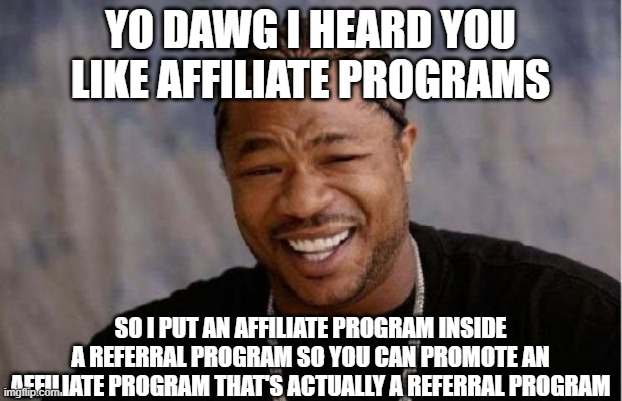
And this week, big news dropped.
TopRanked.io Affiliate Partner Program of the Week — Masters of Trivia Affiliate Program
If you’re a regular reader, then you probably already know the affiliate program I’m talking about.
As for the rest of you, that program is none other than the Masters of Trivia Affiliate Program.
Here’s what you need to know.

Masters of Trivia Affiliate Program — The Product
Most of the time when reviewing affiliate programs, I like to spend a little bit of time discussing the product behind the program.
However, unlike most products we cover here, the product behind the Masters of Trivia Affiliate Program is actually 100% free.
So instead, I’m simply going to give you a very quick rundown, and then direct you to go and take a look at the product behind the Masters of Trivia Affiliate Program for yourself.
Oh, and PS — in case you’re wondering how you’re going to earn money promoting a free product, I’ll get to that in a minute.
Anyway, here’s a quick rundown of the product behind the Masters of Trivia Affiliate Program:
- Masters of Trivia is an edugaming trivia platform that hijacks dopamine loops to make education actually fun. (Try it out for yourself)
- Its basic educational content format is trivia quizzes.
- On top of that basic format, Masters of Trivia built a whole bunch of engaging formats (if you’re up for a round of 1-v-1 battle, hit me up!).
- Additionally, there are premium features (content, paid tournaments, etc.) that users can either pay for, or ‘earn’, access to.
- The platform also has a rewards function built in (consistent engagement, correct answers, etc.) where users can earn tokens. Those tokens can then be used to pay for premium content/features.
Now, here’s where the Masters of Trivia Affiliate Program gets interesting.
That token that users earn — it’s the same token that allows you to turn a basic referral program into a full-blown affiliate program.

Masters of Trivia Affiliate Program — How a Referral Program Became an Affiliate Program
For those of you who missed our original Masters of Trivia Affiliate Program review, let me catch you up on this whole “affiliate program that’s actually a referral program” thing.
First, let’s get some terms straight.
- A referral program, broadly speaking, is when you get rewarded in platform credits/in-game coins/discounts/etc. for referring people.
- An affiliate program is when you get a commission in cold, hard cash for referring people.
So, what makes the Masters of Trivia Affiliate Program a little blurry?
Well, when it launched, the Masters of Trivia Affiliate Program didn’t reward you with cash.
In fact, it still doesn’t.
Instead, the Masters of Trivia Affiliate Program rewards you with its in-game currency.
But wait, isn’t that useless?
No, it’s not.
Earlier this year, the good folks behind the Masters of Trivia Affiliate Program also launched a real-world utility token — the $MOT token — and linked it to its in-game rewards/payments.
And yes, by real-world utility token, I mean a token you can go and buy/sell on an exchange.
See where I’m going with this yet?
While it’s a little bit roundabout, by earning the Masters of Trivia Affiliate Program’s in-game currency, you’re now actually earning fiat/Bitcoin/Dogecoin/whatever you want.
All you gotta do is promote with the Masters of Trivia Affiliate Program, earn some $MOT tokens, and exchange your $MOT (or hold them if you wanna invest in something — there’s more compelling stuff to see here than just the Masters of Trivia Affiliate Program.)
So, now we’ve got that out of the way, what’s the big news that’s made me want to talke about the Masters of Trivia Affiliate Program again?

Masters of Trivia Affiliate Program News — $MOT Gets First CEX Listing
Last time I covered the Masters of Trivia Affiliate Program, $MOT was still in its infancy. In fact, it had only just been launched.
As a result, the only place to trade the $MOT tokens you earned through the Masters of Trivia Affiliate Program were decentralized exchanges (DEX).
Not really a problem, but fine. I get it. DEXs aren’t for everyone, so some of you skipped over it.
Fortunately, this week changed.
Going forward, the $MOT tokens your earn through Masters of Trivia Affiliate Program can also be traded on a more reputable, centralized exchanges (CEX), starting with Coinstore.

Masters of Trivia Affiliate Program — How’s it Stack Up?
Alright, so we’ve got the Masters of Trivia Affiliate Program news out of the way.
And we’ve even explained how the Masters of Trivia Affiliate Program, that is technically not an affiliate program, functionally is an affiliate program.
But how does the Masters of Trivia Affiliate Program stack up compared to other affiliate programs?
To be honest, it’s so-so.
But that might not be as bad as you think it is.
Let me explain.
Ultimately, the Masters of Trivia Affiliate Program was never really designed to be a fully-fledged affiliate program. So that means a lot of the stuff you’ve come to expect (dashboards covering every possible metric, a library of creative assets, etc.) is missing.
It also means that, officially, there’s no way to negotiate custom rates with the Masters of Trivia Affiliate Program. (I say officially because, let’s face it, if you send enough qualified traffic their way, they’re very likely going to want to speak with you. Most people would.)
As for why that’s not such a bad thing… well, think about it. How many of the bells and whistles of your other affiliate programs are you actually using?
And, of the ones you are, which ones do you actually need? Do you really need a separate dashboard to track who’s clicking your links? Or could you maybe pull this data from your own website(s)?
Don’t got a website?
Fine, use a Bitly link.
You’ll still be able to track your conversions in the Masters of Trivia Affiliate Program dashboard. And with that plus your website/Bitly analytics in hand, you can easily calculate your conversion rate if that’s important to you.

Masters of Trivia Affiliate Program — Next Steps
Look, I get it. The Masters of Trivia Affiliate Program might not be for everyone. Edugaming’s boring, right? (Psst… no it’s not… go see our first Masters of Trivia Affiliate Program review and look at the news.)
But, if you like the look of what you’ve seen so far, then hear this — you’re gonna be hard pressed to find a much better program in the same niche as the Masters of Trivia Affiliate Program.
While the payment mechanism might be a bit of a kludge for those of you who aren’t crypto natives, it does work.
And, let’s be honest here — the recent Coinstore listing is a major upgrade.
Also, PS — for those of you who struggle getting PayPal accounts and whatnot, the Masters of Trivia Affiliate Program might actually be the perfect opportunity for you to earn some real money without having to mess around with the risk of buying access to other people’s accounts.
In any case, if you like to earn money with a platform that converts (nothing converts like free!), go give the Masters of Trivia Affiliate Program a shot. Who knows, it might just surprise you.

Affiliate News Takeaways
Another week, another “Google’s got AI” story. Although this week, we’re not here to laugh at its miserable AI summaries.
We’re also not about to do a rehash of the story we did last week in our Best VPN Affiliate Programs Roundup edition. (Although, we are going to reference back to it later.)
Instead, this week, I wanna talk about Google Labs.
Specifically, Google’s new “Web Guide”.
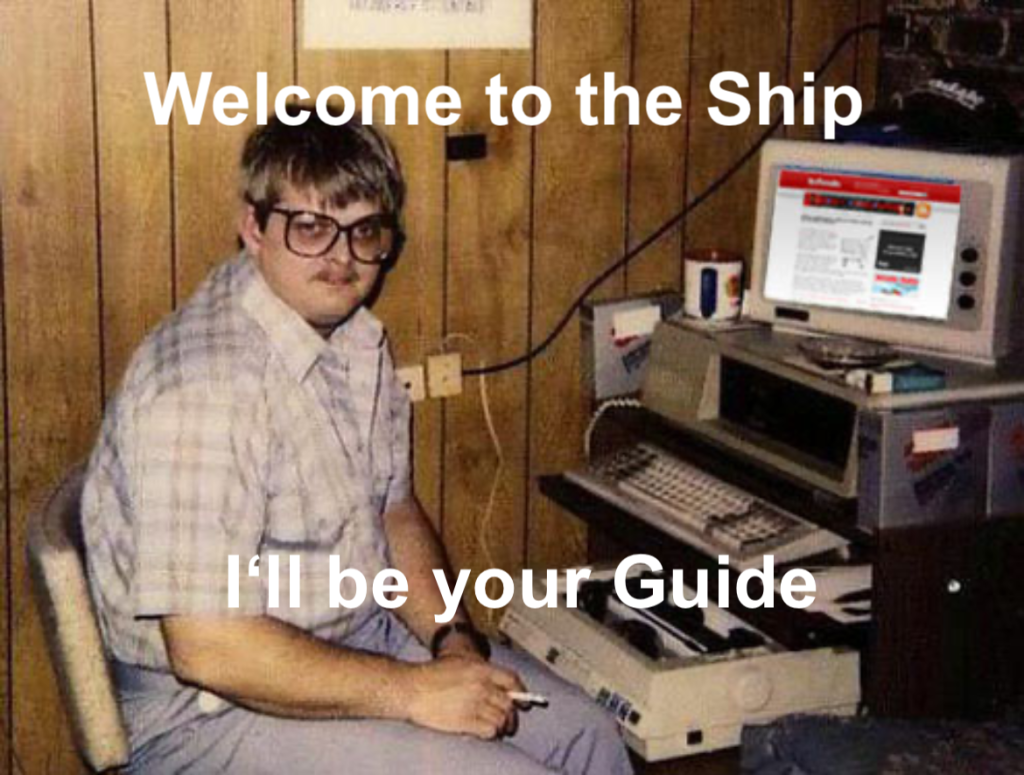
Here’s how Google explains it:
“A Search Labs experiment that uses AI to intelligently organize the search results page, making it easier to find information and web pages.”
And here’s how I’m tempted to explain it:
“A Growth Labs experiment that uses AI to intelligently obfuscate the search results page, making it more likely that you’ll make more queries and use Google’s AI.”
Anyway, that’s just two versions of the same story, although I think my version might be a little more accurate.
Why?
Well, Google also said they’re rolling this out in the “Web” tab.
Don’t know what the “Web” tab is?
Here, take a look.
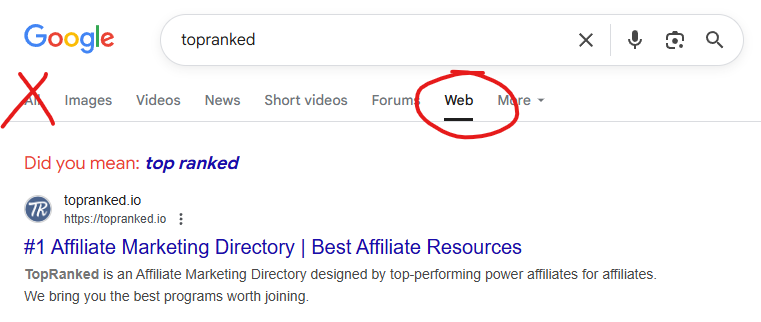
Basically, it’s a “feature” Google bought back a little while ago that serves you up an old-school web results page without all the usual fluff that Google’s started littering their SERPs with.
Apparently, it’s started getting pretty popular.
And Google doesn’t like that.
Why’s that?
Well, go take a look here — it’s,the quickest way to access Google’s “Web” tab.
Or, if you don’t want to visit it, here’s what you’ll be greeted with when you land on that page.
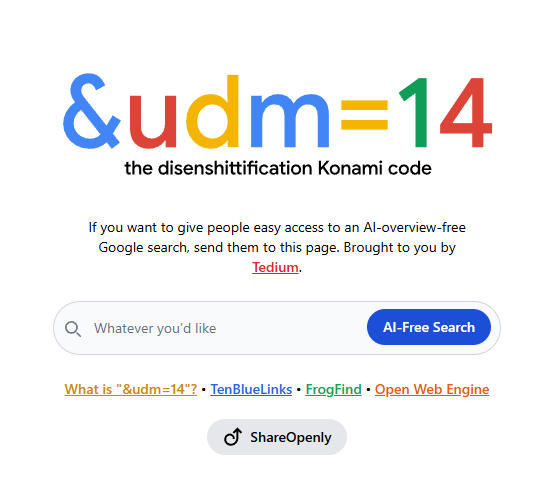
Now, first things first, notice the text on the landing page — “If you want to give people easy access to an AI-overview-free Google search, send them to this page.”
Anyone wanna make a guess as to why Google’s not so enamored with people’s sudden love for the “Web” tab?
Here’s mine — Google’s doing it to force-feed AI onto users who went there to escape Google’s AI.
Why would they do that?
Simple — so next time they jump on an earnings call, they can tell their investors “we have even more active Gemini users than we did last quarter… number go up.”
Anyway, I’m getting distracted here, so let’s get back on topic — the Web Tab.
Here’s Google’s preview.
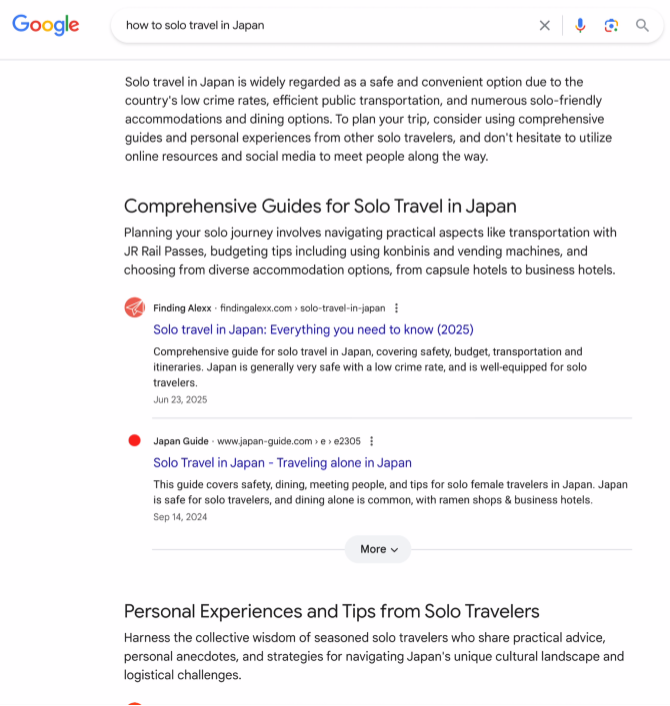
Now, that page goes on for quite a while.
But it gives us a pretty good clue about how to exploit it.
And so does this line from Google’s Web Guide announcement PR:
“Web Guide uses a query fan-out technique, concurrently issuing multiple related searches to identify the most relevant results.”
Now, let me translate that into language you SEOs might understand.
It’s time to talk about intentions.

No, not those intentions.
The other sort — you know, like search intent.
Here’s the translations:
“Web guide will split the query into sub-intents, and will perform independent queries for each sub-intent it identifies.”
In other words, if you search “How to solo travel in Japan” (their example), you might get the following sub-intents:
- Trip planning for solo travellers in Japan
- Accomodation for solo travellers in Japan
- Transportation for solo travellers in Japan
- Safety for solo travellers in Japan
- Culture for solo travellers in Japan
- Connectivity (Wifi, SIM cards…) for solo travellers in Japan
- Budgeting for solo travellers in Japan
- Etc.
And this is where there might be a chance to do a little SEO spam.

Here, the basic idea would be to create fake multi-intent hubs (or microsites) aimed at certain keywords.
You know, like “solo travel in Japan”.
Then, you spam your hub/microsite with blog articles covering every possible sub-intent imaginable.
And then once you’re done with that, keep on spamming with sub-intents of sub-intents.
Effectively, the idea is to signal to Google’s LLM that your site/hub is a high-authority resource on everything related to that keyword.
And if you think this sounds a lot like something we spoke about in last week’s Best VPN Affiliate Programs Roundup, it is.
It’s more or less the “flood the zone” strategy all the big legacy publishers are using right now to dominate the SERPs.
The only difference is, you’re now tuning the strategy to target sub-intents rather than semantic clusters.
In theory, that might just be enough to bait Google’s “Web Guide” into matching your content with whatever it thinks the users search intent is.
Takeaway
The big takeaway here goes like this:
- Google’s launching something new
- While it’s new, you have a good chance of breaking it
- So why not go try and break it right now?
But, there are some disclaimers I need to add here.
First, Web Guide is still a Google Labs experiment. That means, it might never actually reach the general public.
Second, as it’s brand new, no one really knows exactly how it works. That little spiel I gave you about sub-intents — I totally just made that up.
Now, of course, I made it up based on the hints Google had dropped — its explicit declaration of a “fan-out technique”; its example SERP page that seemed to show sub-intents. But just because I made it up based on actual stuff Google said/showed us, doesn’t mean I didn’t misinterpret it.
Anyway, if you’re still here after the disclaimers, then here’s what I reckon you should do next if you wanna exploit it.
First, go get yourself into the Google Search Labs program and try it out for yourself. (Here’s Googles how-to guide for that.)
Second, go play with other LLMs and see how they react to certain things.
You can even ask it directly, “what would the sub-intents be here” and it’ll likely spit out a list that’s very close to what Gemini will produce during its “fan-out” stage.
And third, just go throw some stuff at the wall and see what sticks.
Maybe it’ll work. Maybe it won’t.
But just in case it does work, make sure you’ve pre-loaded your sub-intent hub with some quality affiliate links.
If you’re short on ideas, might I suggest the Masters of Trivia Affiliate Program?

Closing Thought
There’s a famous quote by a semi-famous philosopher/psychologist guy named John Dewey.
The quote goes like this.

Now, this is all well and good.
But it’s also a bit of a trap.
I mean, what does reflecting even mean?
Do we just sit under a tree and let our minds wander aimlessly over whatever it was we did in the past?
No, of course not — that only worked for Newton.

Instead, if we’re going to reflect, we need a way to frame it.
And speaking of sub-intents before just gave me a good idea.
Think about it like this. Let’s say you just abandoned an affiliate campaign that wasn’t working for you.
So you ask yourself, “Why did it fail?”
And so you begin your reflection:
“My copy wasn’t a good fit for the audience… The product wasn’t a good fit either…”
But ultimately, that doesn’t teach you much other than how to run that exact same campaign (but better).
Instead, the deeper learning might come if you look at the sub-intents behind everything.
Ask yourself, “What signals did I use to pick the product I chose?”, “Why did I chose to promote to that audience?”, “Why did I think that copy would resonate with them?”, etc., etc.
You see, any time we make a decision, there are two sides to it.
There’s the result of that decision — the outcomes.
And there are the motivations that led to that decision — the intents.
And while evaluating outcomes are important, sometimes understanding the motivations that led you down that path to begin with can be more revealing than results alone.
Oh, and speaking of results — one final note. Don’t forget to go sign up for the Masters of Trivia Affiliate Program if you wanna take a new affiliate program for a spin this week.
Trust me, you won’t regret it.

__
(Featured image by SevenStorm JUHASZIMRUS via Pexels)
DISCLAIMER: This article was written by a third party contributor and does not reflect the opinion of Born2Invest, its management, staff or its associates. Please review our disclaimer for more information.
This article may include forward-looking statements. These forward-looking statements generally are identified by the words “believe,” “project,” “estimate,” “become,” “plan,” “will,” and similar expressions. These forward-looking statements involve known and unknown risks as well as uncertainties, including those discussed in the following cautionary statements and elsewhere in this article and on this site. Although the Company may believe that its expectations are based on reasonable assumptions, the actual results that the Company may achieve may differ materially from any forward-looking statements, which reflect the opinions of the management of the Company only as of the date hereof. Additionally, please make sure to read these important disclosures.

-

 Business6 days ago
Business6 days agoTopRanked.io Weekly Affiliate Digest: What’s Hot in Affiliate Marketing [1xBet + FIFA World Cup]
-

 Business2 weeks ago
Business2 weeks agoThe TopRanked.io Weekly Digest: What’s Hot in Affiliate Marketing [K4G Affiliates Review]
-

 Crypto1 day ago
Crypto1 day agoBitMine Surpasses 4 Million ETH Holdings Amid Market Volatility
-

 Crypto1 week ago
Crypto1 week agoTether Targets $500 Billion Valuation in Landmark Funding Push













